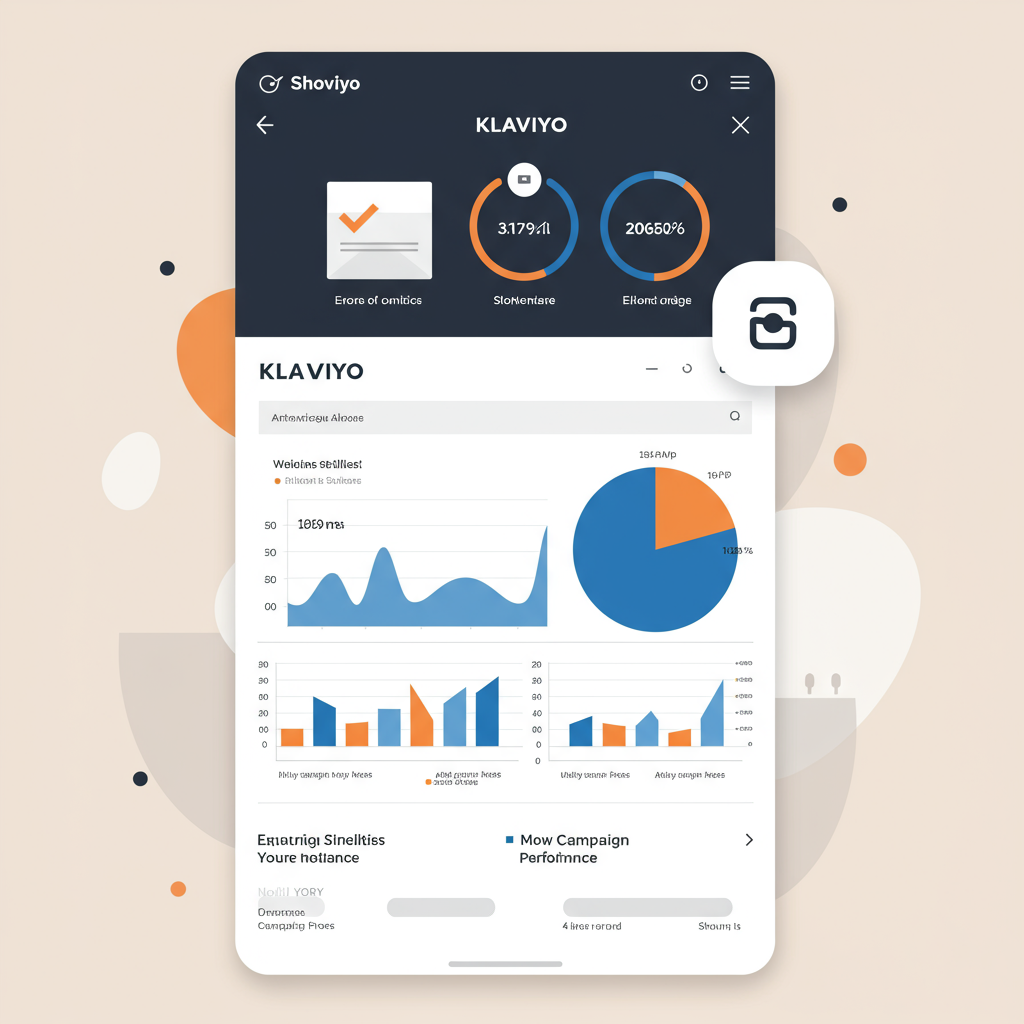A Merchant’s Guide to Supercharging Email Marketing and Customer Engagement
Hey there, fellow Shopify merchant! If you’re looking to supercharge your email marketing and truly connect with your customers, you’ve probably heard of Klaviyo. Today, I want to walk you through how I’ve leveraged Klaviyo with my Shopify store to drive incredible results.
For me, Klaviyo isn’t just another email platform; it’s a powerful customer data platform that integrates seamlessly with Shopify. It allows for deep segmentation, personalized communication, and automated flows that truly convert.
While Shopify’s built-in email features are a good start, Klaviyo takes things to an entirely new level. It’s about understanding customer behavior, not just sending out generic newsletters.
The very first step is incredibly straightforward. Once you have your Klaviyo account set up, you’ll navigate to the ‘Integrations’ tab within Klaviyo.
You’ll find Shopify listed there. Clicking on it will prompt you to connect your Shopify store. This usually involves logging into your Shopify admin and granting Klaviyo the necessary permissions.
What happens next is magical: Klaviyo starts syncing all your historical Shopify data. This includes customer profiles, order history, product views, abandoned carts, and more. This initial sync can take a little while, depending on the size of your store.
Once the sync is complete, you’ll see a wealth of information populating your Klaviyo account. This data is the foundation for everything you’ll do next, from segmentation to personalized flows.
This is where Klaviyo truly shines. Instead of sending one-size-fits-all emails, I can create highly specific segments based on customer behavior.
Think about segments like “Customers who purchased Product X in the last 30 days,” “Customers who viewed a product but didn’t purchase,” or “VIP customers who have spent over $500.”
With these segments, I can tailor my messaging to be incredibly relevant, which dramatically increases open rates, click-through rates, and ultimately, conversions.
Flows are automated email (or SMS) sequences triggered by specific customer actions or events. These are your silent sales force, working 24/7.
This is arguably the most crucial flow for any Shopify store. When a customer adds items to their cart but doesn’t complete the purchase, Klaviyo can automatically send a series of reminders.
My abandoned cart flow typically includes 2-3 emails: one sent an hour later, another 24 hours later, and sometimes a final one with a small incentive after 48 hours.
For new subscribers or first-time customers, a welcome series is essential. It introduces your brand, shares your story, and sets expectations.
I usually include a thank you, a brief introduction to our best-sellers, and perhaps a small discount for their first purchase. It’s about building rapport from the start.
Don’t forget about your customers after they buy! A post-purchase flow can include order confirmation, shipping updates, product care tips, or even a request for a review.
This flow is vital for building loyalty and encouraging repeat purchases. It shows you care beyond the transaction.
Similar to abandoned cart, this flow targets customers who viewed specific products but didn’t add them to their cart. It’s a gentle nudge to remind them of what they were interested in.
Within Klaviyo, you’ll use a visual flow builder. It’s intuitive: you define the trigger, add email steps, set delays, and even include conditional splits based on customer properties.
Klaviyo’s drag-and-drop email editor makes designing beautiful, on-brand emails incredibly easy. You can pull in product images directly from your Shopify store.
Beyond flows, Klaviyo also allows you to create customizable pop-ups and embedded forms to capture new subscribers directly on your Shopify site.
I always recommend A/B testing different headlines, offers, and designs for your forms to see what converts best.
While flows are automated, campaigns are one-off emails you send to specific segments, like a new product launch announcement or a holiday sale.
Klaviyo provides robust analytics. You can track open rates, click-through rates, conversion rates, and revenue attributed to your emails and flows.
Don’t be afraid to A/B test everything: subject lines, email content, call-to-action buttons, and even send times. Continuous optimization is key.
Klaviyo also offers SMS marketing. For time-sensitive offers or urgent updates, SMS can be incredibly effective, especially for abandoned cart reminders.
Remember to ensure your data collection and email practices comply with relevant privacy regulations like GDPR and CCPA. Klaviyo provides tools to help with this.
Integrating Klaviyo with my Shopify store has been one of the best decisions I’ve made for my business. It’s transformed my marketing from generic blasts to highly personalized, revenue-generating conversations.
It takes a bit of time to set up initially, but the return on investment is undeniable. You’ll gain a deeper understanding of your customers and be able to communicate with them in a way that truly resonates.
What are your thoughts on using Klaviyo with Shopify? Have you found it as impactful as I have? I’d love to hear your experiences!






